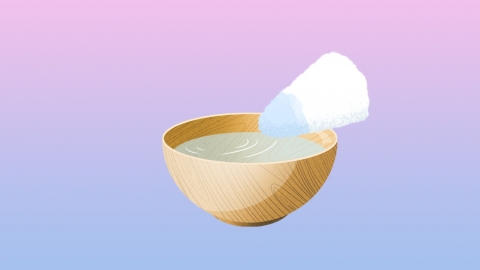How to physically reduce fever most quickly
Generally, there is no such thing as "the fastest way to reduce fever through physical cooling." Effectiveness may vary from person to person. Physical cooling methods assist in reducing fever by promoting heat dissipation and adjusting the environment. Common approaches include wiping the body with lukewarm water, applying cold compresses to the forehead, reducing clothing coverage, regulating the indoor environment, and ensuring adequate fluid intake. Seek medical attention promptly if any abnormalities occur. Detailed explanations are as follows:

1. Wiping the body with lukewarm water: Use a towel soaked in water at 32–34°C to wipe areas rich in blood vessels, such as the forehead, neck, armpits, and groin. As the water evaporates, it carries away heat from the skin surface. Each session should last 10–15 minutes and can be repeated to enhance effectiveness.
2. Cold compress on the forehead: Soak a towel in cold water and wring it out until slightly damp, or wrap an ice pack in a towel and place it on the forehead. The low temperature directly reduces head temperature and helps relieve headache associated with fever. Replace the compress every 15–20 minutes, and avoid prolonged application to the same area.
3. Reduce clothing and covering: Avoid wearing thick clothing or heavy blankets when feverish. Opt for loose, breathable cotton garments. Reducing coverage increases the skin's exposure to air, facilitating natural heat dissipation and helping lower body temperature.
4. Regulate indoor environment: Maintain room temperature between 24–26°C and ensure good air circulation by opening windows or using a fan. A comfortable ambient temperature minimizes external interference with the body’s thermoregulation and supports effective cooling.
5. Ensure sufficient hydration: Drink plenty of warm water or light salt water in small amounts frequently. Adequate fluid intake promotes sweating and urination; evaporation of sweat removes heat, while also maintaining normal metabolic functions.
Physical cooling is suitable for cases where body temperature is below 38.5°C, and temperature changes should be monitored continuously. If the temperature exceeds 38.5°C, or symptoms such as chills or impaired consciousness occur, antipyretic medications should be used promptly and medical care sought. Avoid using alcohol for skin wiping during cooling, as it may irritate the skin or cause discomfort.






